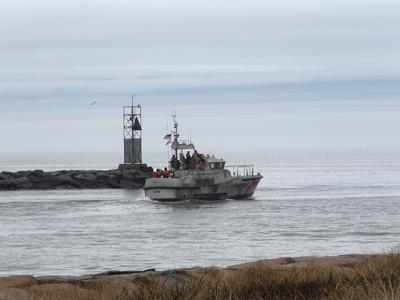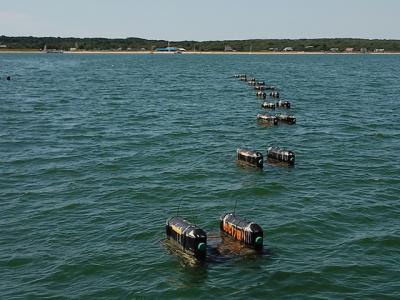Hopper to Provide ‘Last Mile’ Shuttle
Hopper to Provide ‘Last Mile’ Shuttle

The East Hampton Town Board voted last Thursday to authorize an agreement with Hampton Hopper to provide the town’s “last mile” shuttle service when the Long Island Rail Road expands East End service on March 4.
The shuttles will take people from Long Island Rail Road stations to commercial districts throughout the town and return them to the stations, coinciding with the introduction of expanded rush-hour train service originating in Speonk.
Hampton Hopper, which has operated an app-based shuttle network comprising converted school buses since 2014, offered the most flexibility, cost-efficiency, and reliability among the respondents to its request for proposals, according to the board. It is to cover routes using two 25-passenger buses. Exact routes are to be determined and subject to modification based on ridership.
The Towns of East Hampton and Southampton were awarded a $500,000 grant from New York State, which is to be split evenly, with each town independently contracting with a shuttle provider. Hampton Hopper will be paid an amount not to exceed $305,500 for the period from March this year through April 1, 2020.






